Connecting Alaska’s North Slope: How Can Improved Broadband Access Transform the Alaska Community?
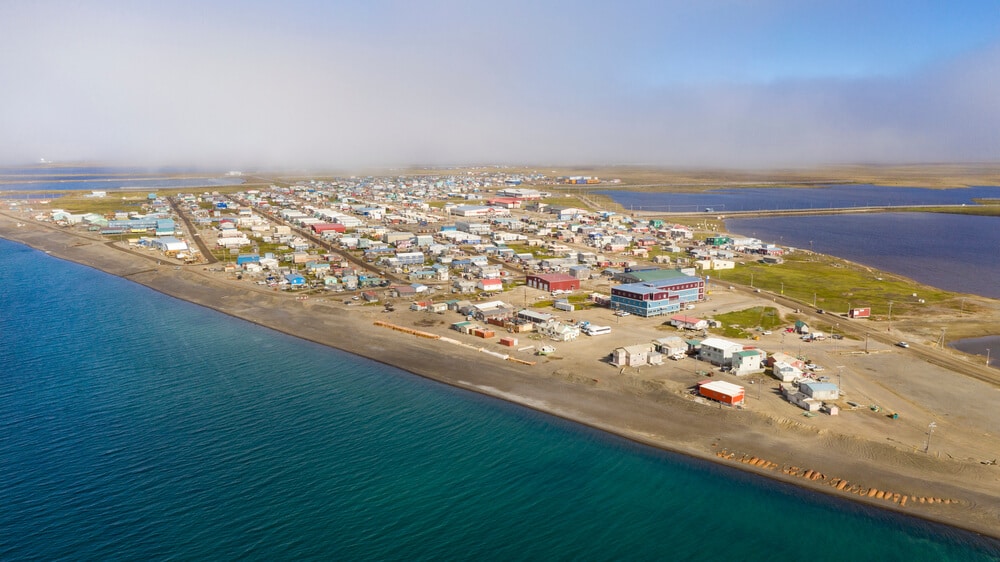
With 66 days of polar darkness and below zero temperatures for almost half of the year, the reality of life in the North Slopes is harsh. For generations, the Iñupiat Alaska Natives have called this region their home. And while most villages have access to modern amenities, like grocery shopping, many people provide for their…
US Broadband Infrastructure Grants: Building Out a More Connected Alaskan Community
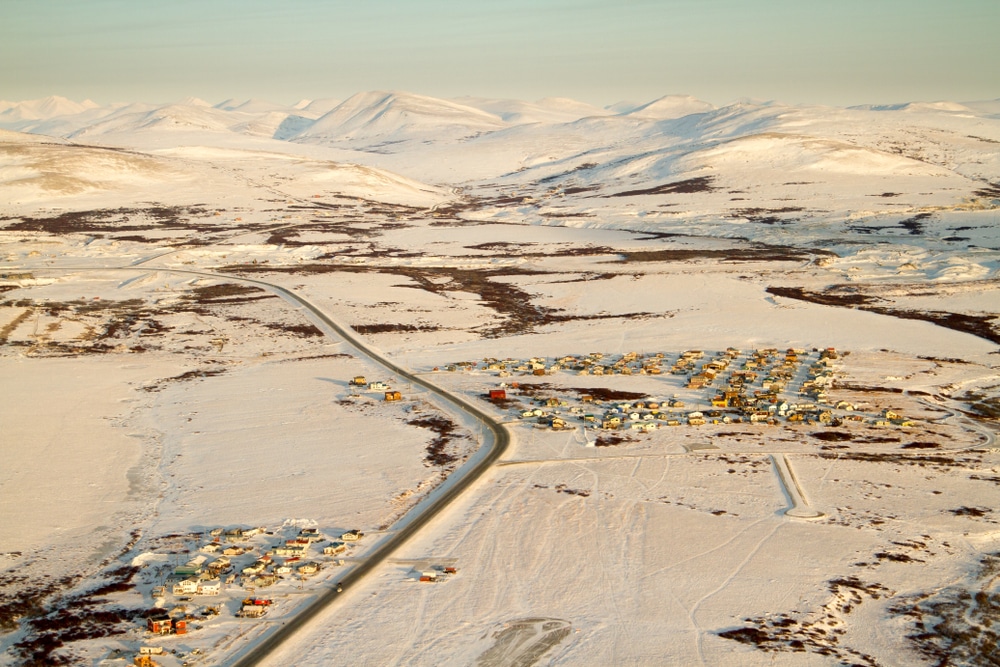
There is a profound digital divide between people living in rural American areas, and those living in urban or suburban regions (especially in low-income, rural communities). One survey, conducted by the Pew Research Center, shows that rural Americans own less technology (including tablets, computers, and smartphones), and have a lower broadband adoption rate. Poor internet…
5 Benefits of Quintillion’s High-Latitude Data Acquisition Ground Station
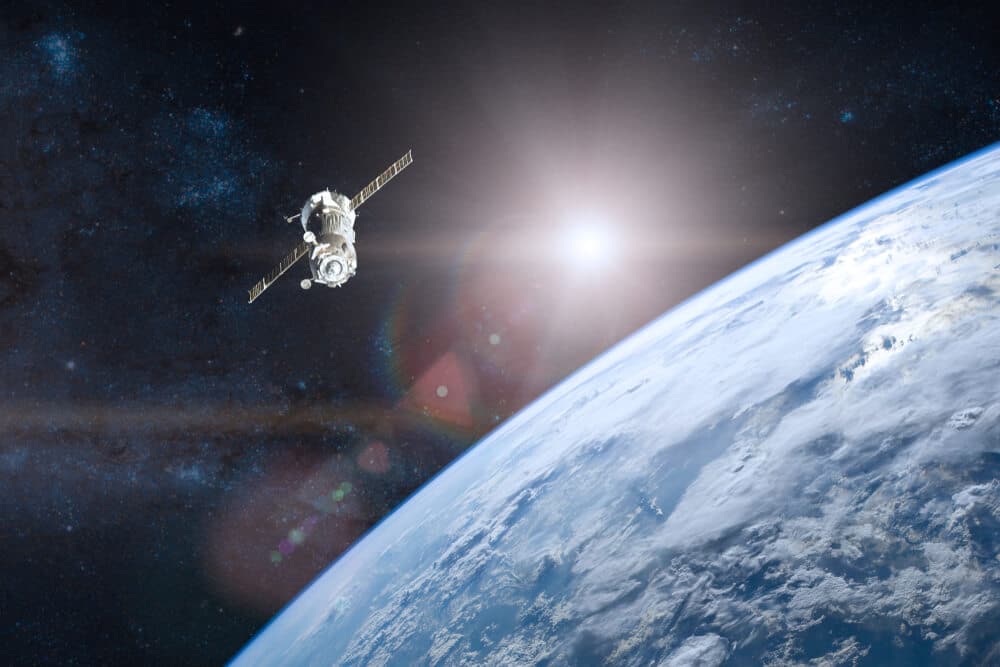
In February of 2021, Quintillion officially finished the construction of its High-Latitude Data Acquisition (HiLDA) Ground Station. This satellite ground station was built as a downlinking facility for polar orbiting satellites (low earth orbiting satellites that pass the North and South Poles and orbit the Earth multiple times a day). The facility was designed to…
The Quintillion Polar Ground Station and Equinix Fabric Connection
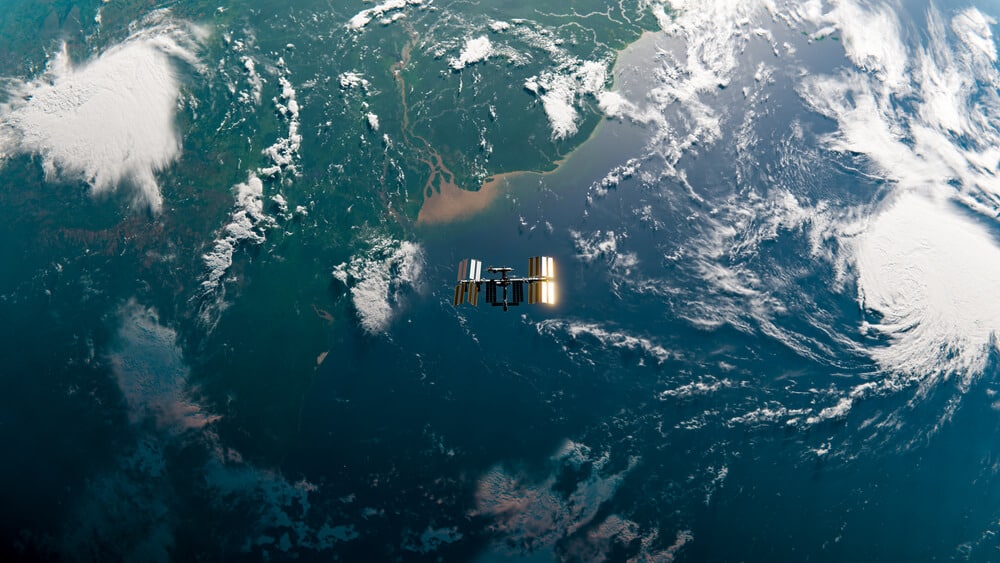
Quintillion is known primarily for being the only telecommunications company to have built a subsea fiber optic cable system in the US Arctic. However, Quintillion also supports the development of satellite communication in the United States with its ground station services. While satellites accept and transmit data in space, they rely on infrastructure on the…
Connecting the World to Fiber: The Subsea Cable Industry’s 5 Biggest Challenges
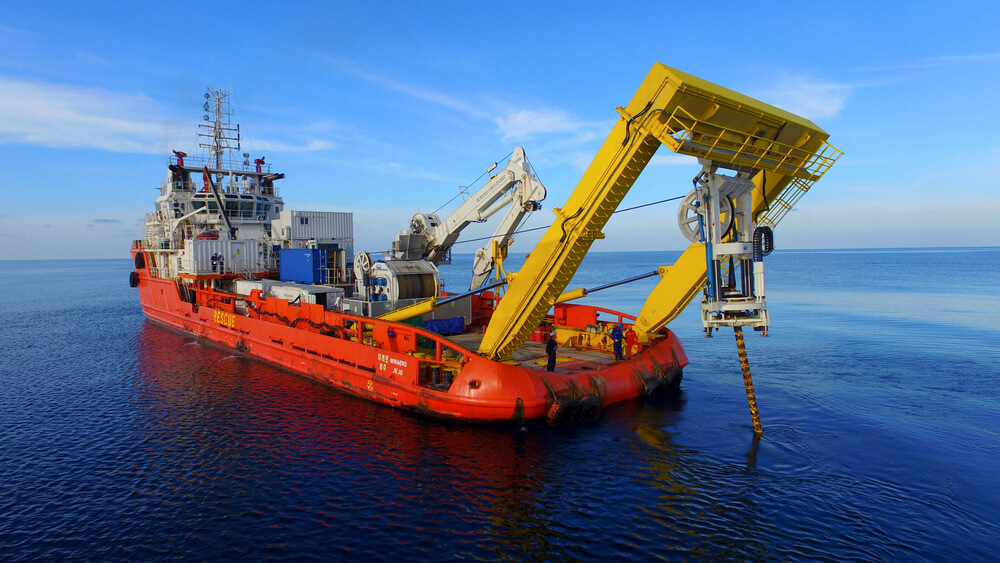
While you might assume that internet infrastructure is owned and operated by local or federal governments, the internet is primarily managed by private companies. The subsea cable industry is no exception to this, and fiber optic companies, such as Quintillion, have taken on the huge task of helping connect the world. Installing subsea cables around…
The Arctic Security Trifecta: Why National Security Depends on Reliable Broadband
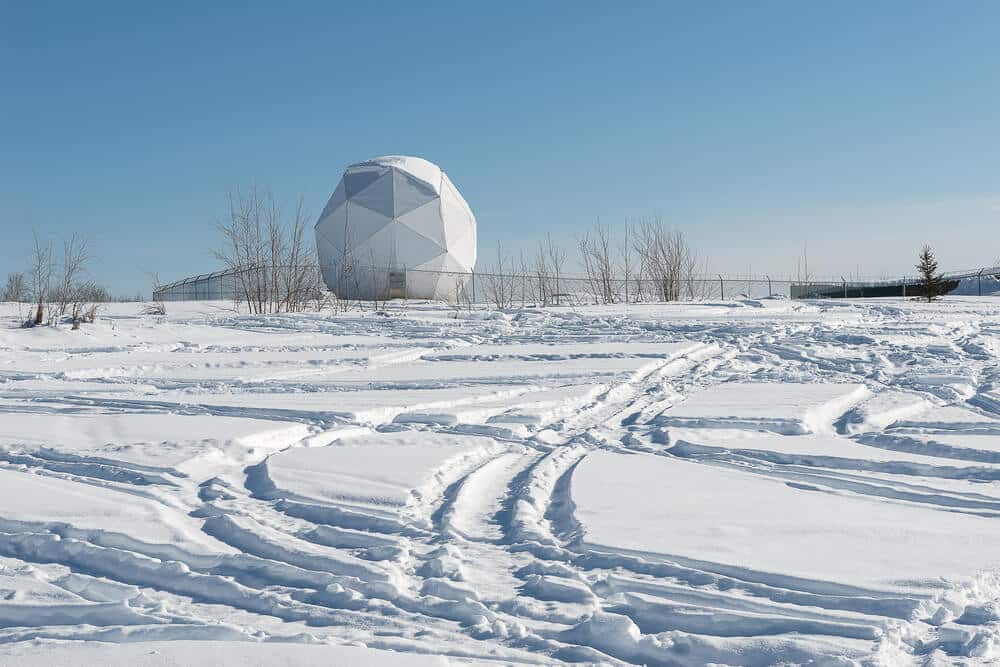
The North American Arctic is at the forefront of American national security. The thawing of Arctic ice has drastically changed the landscape of the region and unveiled several advantages for countries in strategic defense postures, natural resources, and commercial shipping routes. With this transformation, the United States and its allies are in the midst of…
Why Subsea Cable Security Is Essential for National Security

Subsea cables are the foundation of today’s internet, with over 95% of international data and voice transfers being routed through subsea fiber optic cables. Cables run along the ocean floor are also essential within the US, making it possible for Alaska, Hawaii, and US territories to connect with states in the lower 48. And with…
The History of Fiber Optics: Celebrating the Engineers Who Transformed Telecommunications
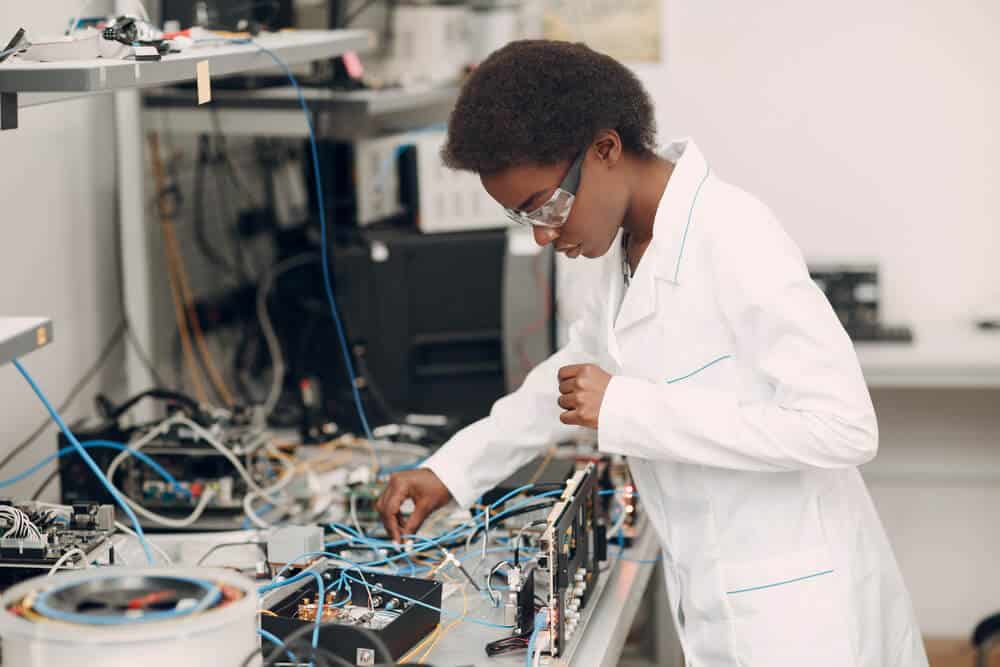
On November 4th, Google celebrated the 88th birthday of Nobel-prize winner Charles K. Kao, a physicist and educator considered the “father of fiber optics.” While Kao died in 2018, his legacy continued on as fiber optics continues to support our increasingly digital world and make it possible to connect even the most remote parts of…
Announcing the Launch of the New Quintillion Website
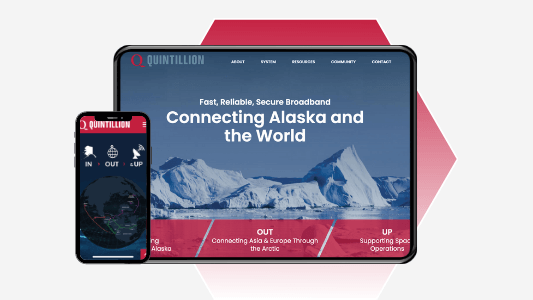
A few months ago, our team at Quintillion decided we needed a new website that captured our innovative character and mission. We’re now proud to officially announce that our vision has become a reality. In this blog post, we’ll walk you through parts of our creative process and highlight some of our favorite new features.…
Polar-Orbiting Satellites: Monitoring the World From Above
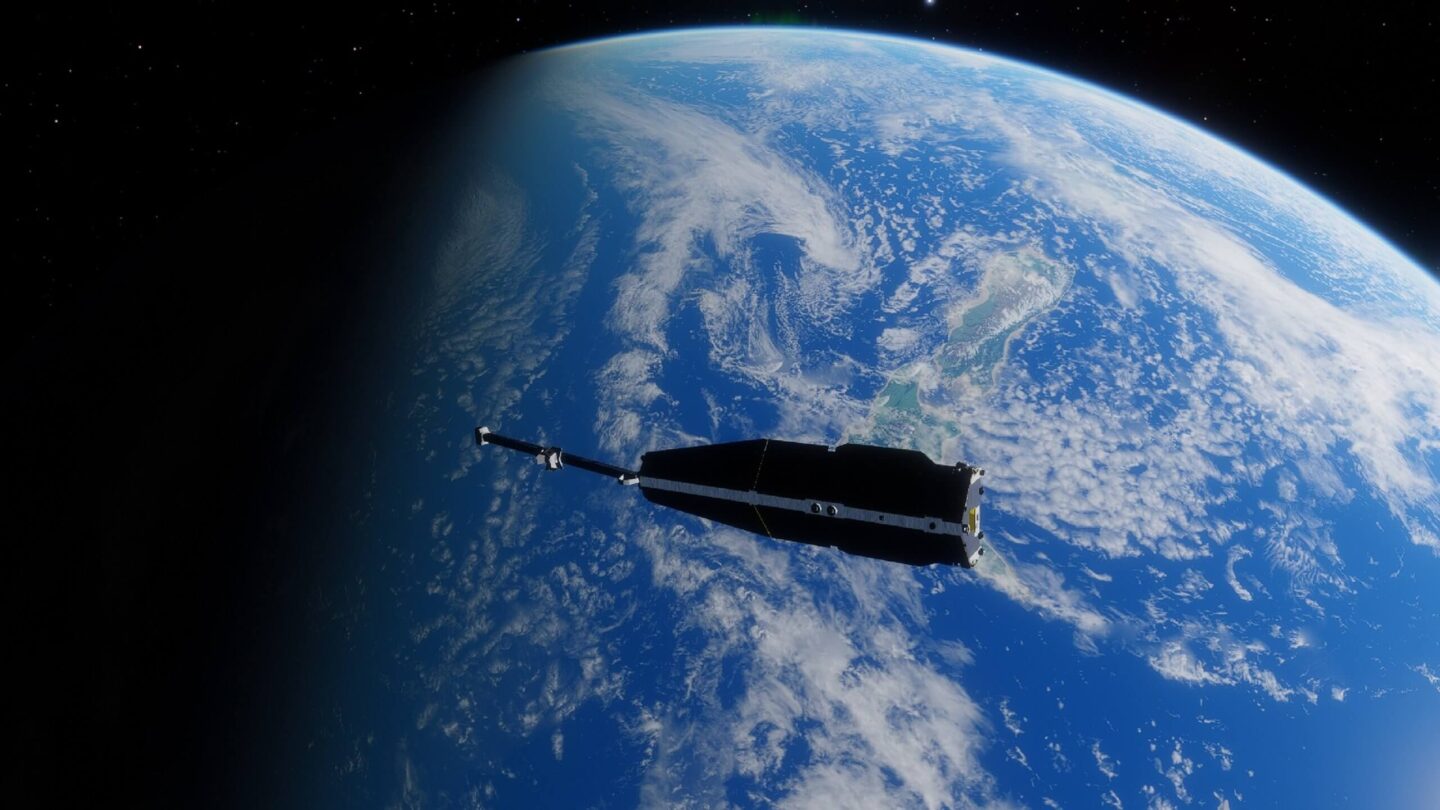
While some people may view fiber optics and satellites as two competing technologies, the Quintillion network marries the two. Satellite technology plays many essential roles in today’s digital world. For one, satellites can provide wireless internet service to most locations, helping fill gaps where environmental obstacles make fiber difficult or impossible to build. This technology…

